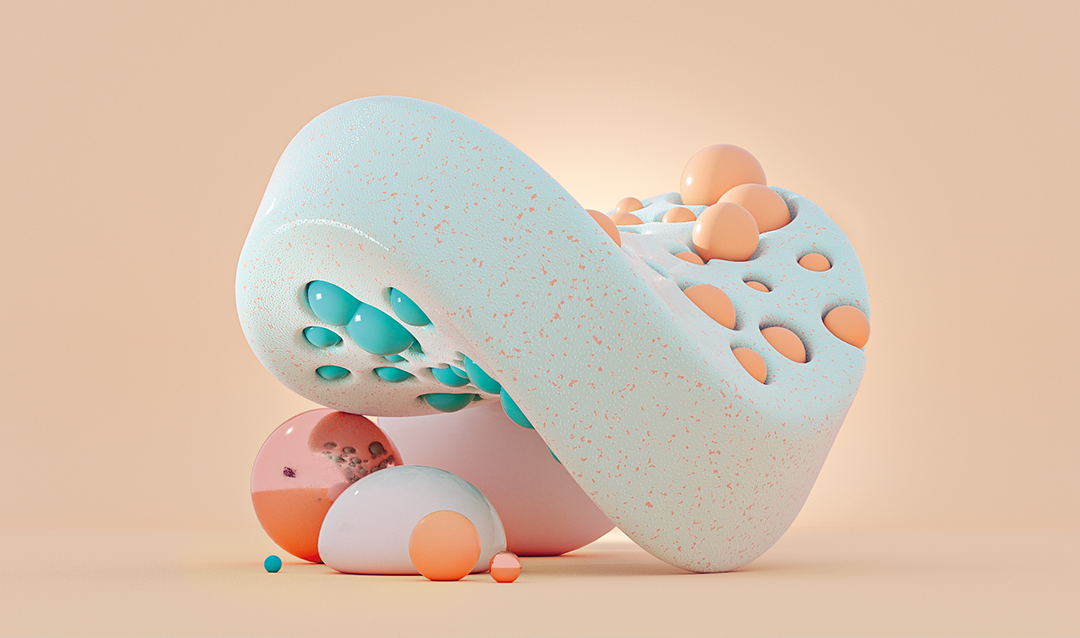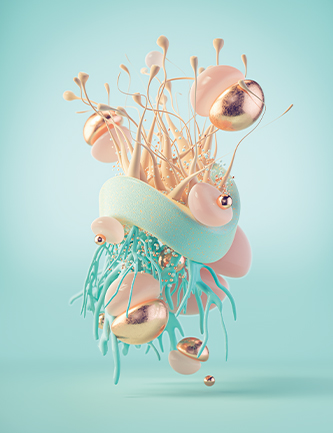Organs, muscles and bones are composed of multiple types of cells and tissues that are carefully organized to carry out a specific function. Articular cartilage, for example, exists where bones meet at the joints. This type of cartilage protects the ends of bones and is tightly integrated with bone through a region known as the osteochondral interface.
When articular cartilage is absent or damaged, debilitating pain results. Unlike some tissues, cartilage cannot regenerate after an injury. Instead, it degenerates, leading to osteoarthritis, which affects approximately 27 million Americans.
“Medical intervention is the only way to regenerate osteochondral tissue,” says Lesley Chow, an assistant professor of materials science and engineering and bioengineering. “To successfully regenerate this cartilage and make it functional, we must consider the fact that function is related to both the cartilage and the bone. If the cartilage doesn’t have a good anchor, it’s pointless. You could regenerate beautiful cartilage, but it won’t last if it isn’t anchored to that bone immediately beneath it.”
It’s difficult to create one organ made of two very different tissues, says Chow, so the problem requires a tissue-engineering method that respects the multi-component and organizational nature of how tissues form in nature.
Chow has taken a major step in the field’s efforts to address such a challenge. She and her team have demonstrated a new method to create continuous, highly organized scaffolds to regenerate two different tissues, such as those found in the osteochondral interface. Their proof-of-concept paper, published in Biomaterials Science, is titled “3D printing with peptide-polymer conjugates for single-step fabrication of spatially functionalized scaffolds.” This work was led by Lehigh graduate students Paula Camacho and Hafiz Busari, with co-authors Kelly Seims, Peter Schwarzenberg and Hannah L. Dailey, an assistant professor of mechanical engineering and mechanics.






